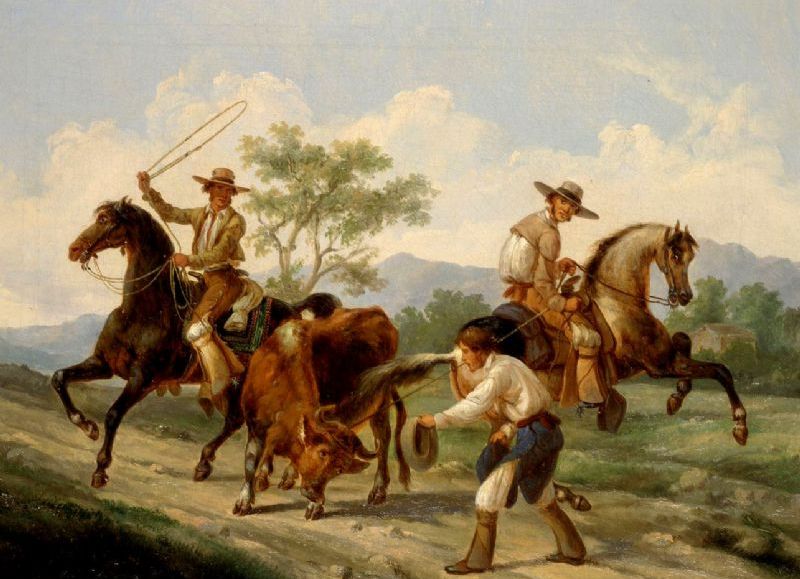In the 18th century, the rise of smuggling in the American lands exerted significant influence on political and administrative decision-making. One of the most notable examples of this was the establishment of the Viceroyalty of the Río de la Plata by King Carlos III in 1776. This strategic move aimed to counter the effects of smuggling and consolidate control over the region. In this article, we explore how this historical action shaped the economy and administrative structure of the era.
Origins of the Viceroyalty and its Economic Significance
The creation of the Viceroyalty of the Río de la Plata marked a milestone in the colonial history of Latin America. Motivated by concerns about smuggling and the need to strengthen control over the region, King Carlos III appointed Don Pedro de Ceballos as the first viceroy of these lands in 1776. One of the key decisions was the inclusion of the Upper Peru, with its mines of Potosí, which provided crucial resources to sustain the new administrative structure.



Economic Dominance and Regional Development
This transformation brought about a shift in economic dynamics. Buenos Aires, a strategic port, emerged as a preeminent commercial center, overshadowing the economic interests of other parts of the viceroyalty. While the interior of the region relied on agriculture and domestic industry to meet internal demand, Buenos Aires thrived through the trade of raw materials.
The Role of Livestock and the Growth of Buenos Aires
The vast region of the Endless Pampa became a critical resource for the economy. The livestock left by Pedro de Mendoza multiplied exponentially, becoming a substantial source of wealth. Livestock farming became the dominant economic activity, characterized by low demand for labor and minimal investment. With just a foreman and a few laborers, large herds of cattle could be cared for.



Commercial Boom and the Role of Porteños Intermediaries
Buenos Aires evolved into the epicenter of overseas trade, resulting in an increase in power and influence of Porteño intermediary merchants. The year 1794 marked a significant change with the authorization of trade with foreign vessels and the establishment of a consulate to oversee this activity. Manuel Belgrano, a criollo educated in Spain, stood out as the secretary of this entity and embraced the new economic doctrines of the era.
Spread of Ideas and Economic Modernization
The newspapers that began to circulate in Buenos Aires played a crucial role in disseminating economic and political ideas. In 1801, Francisco Cabello founded the “Telégrafo Mercantil” followed in 1802 by Hipólito Vietes with the “Semanario de Agricultura, Industria y Comercio.” These newspapers reflected an economic-centric approach, driven by the desire to open rivers to trade and break the Spanish monopoly.
Summary
The creation of the Viceroyalty of the Río de la Plata in 1776 marked a turning point in the economic history of the region. Driven by the need to control smuggling and consolidate power, this measure led to an economic transformation that favored Buenos Aires as a commercial hub. Livestock farming and overseas trade became key pillars, while modern economic ideas began to spread through newspapers. The legacy of this period remains relevant in understanding the economic and political evolution of Latin America.



This article was edited by the History.site team. We are from Argentina, so if you find any writing or translation errors, please let us know in the comments. Thank you!

